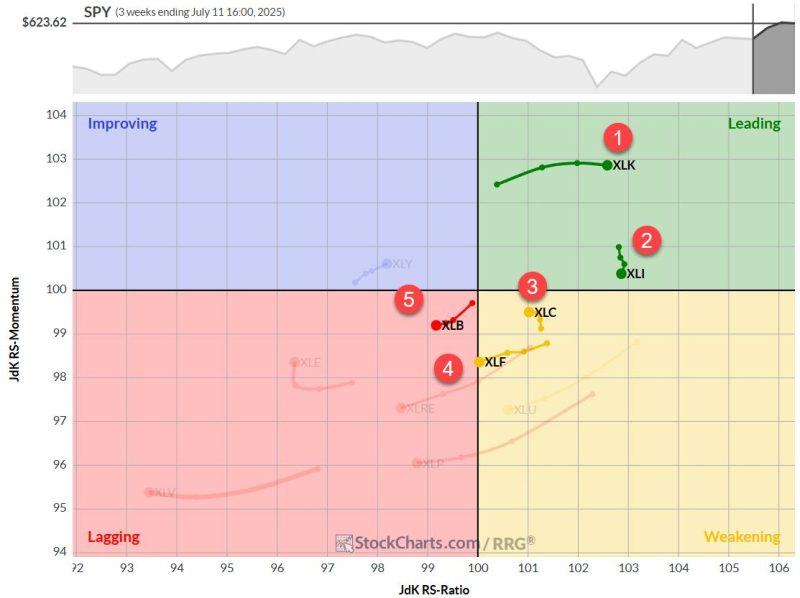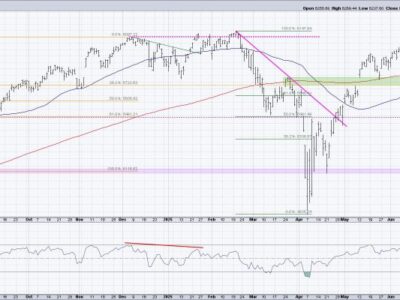
A six‐mile extension to the Bay Area Rapid Transit (BART) system would have a minimal impact on personal vehicle emissions according to data in a federal travel forecast. Further, because the federal analysis is based on pre‐pandemic socioeconomic forecasts and travel patterns, it greatly overestimates future ridership on the subway extension, which has a $9.3 billion estimated cost.
A Federal Transit Administration (FTA) profile of the project shows that the BART extension would provide 32,900 passenger trips per weekday, or just over 9.5 million trips per year in 2040. The annual estimate is about 290 times the daily figure reflecting the fact that weekend ridership is a fraction of weekday utilization (in an average year there are 251 weekdays and 104 weekend days).
But most of the new BART passengers would be switching from buses and light rail vehicles already serving the area. The detailed travel forecast report, obtained from the FTA via a Freedom of Information Act request, shows that only 10,700 (about a third of) the BART riders will be new to transit. The report does not show how many of these new riders would walk or bike in the absence of the new BART service, but it is reasonable to assume that the vast majority would otherwise drive.
Generously assuming that all the new riders switch from cars, the projected annual reduction in passenger vehicle trips would be about 3.1 million. This compares to a total of 860 million automobile trips in San Jose reported by Google’s Environmental Insights Explorer yielding a projected reduction of just 0.4%.
So, the $9.3 billion subway project would put only a small dent in San Jose’s greenhouse gas emissions once it is fully built out. Further reducing the net climate benefits of this project is the fact that it will add greenhouse gas emissions during the construction phase given its need for steel and concrete. Further, many if not most of the automobile trips it will replace will be from electric vehicles. In Santa Clara County, which encompasses San Jose, Zero Emission Vehicles accounted for 37.5% of all new vehicle sales during the first quarter of 2023. California plans to prohibit gasoline‐powered vehicle sales in 2035, the year after the San Jose subway extension is supposed to be completed.
So, an analysis of official data shows that the BART extension is an inefficient climate solution. But it gets worse when one considers the assumptions underlying some of the numbers. The federal travel results forecast mentioned above was based on transit utilization patterns from 2019, before COVID-19 deeply cut into transit ridership. Recently, BART ridership has been running at just 40% of 2019 levels. Second, the projection assumes “population and employment in the model area are expected to grow by about 29% and 26% respectively between 2019 and 2040”. This seems unlikely since San Jose’s population has been falling in recent years. The most recent US Census estimates show that the city’s population declined from 1,013,221 is 2020 to 971,223 in 2022.
As I discussed in a previous post, public transit is usually not a great climate solution. The projections for the San Jose BART extension are consistent with this conclusion. The Biden Administration’s FY 2024 budget includes $500 million for this project. Congress should take a hard look at the numbers before approving this expenditure.








